We explain what a horror story is, the elements it uses and what its structure is like. Also, their characteristics, types and examples.
What is a Horror Story?
A horror story or horror story is a generally short narrative , belonging to the literary or popular field, which seeks to cause the reader feelings of fear and anguish , through the recreation usually of imaginary, fantastic or supernatural.
The horror story is one of the many subgenres into which the short story can be classified, both the one with artistic aspirations and the one that responds to a local or popular tradition, often linked to the religious or cultural values of the region.
That is why it has developed in practically the whole world , in various ways, in some cases picking up a more or less explicit warning or moral, which remains as a teaching, as a fable . The latter is key in the popular origin story.
This genre has not only been maintained over time, surviving changes in culture and literature , but has also colonized other forms of narrative representation such as theater or especially television, giving rise to a vast tradition of films of horror.
Elements of the horror tale
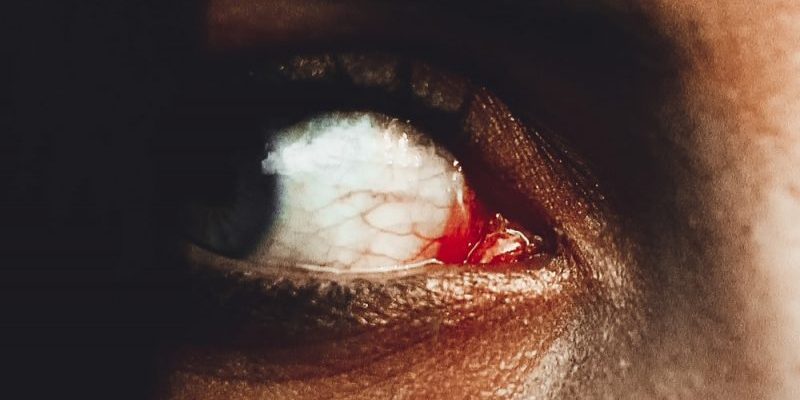
Horror stories have the following elements:
- Characters. Real for the story or imaginary and fantastic, the characters are the entities on which the action falls. If a story tells of the appearance of a ghost, it is likely that this is also one of the characters in the story .
- Storyteller. Like all narration, the horror story has a defined narrator who is the voice that tells the story. It can be the protagonist himself, a witness, or simply a voice that counts. The narrators of horror stories tend to abound in details, especially in the descriptions , and tend to silence elements that will be revealed later, to generate tension or expectation through ellipsis.
- Action. The action of the horror story is usually organized around the suspense generated by astonishing, incomprehensible, sinister or distressing actions that occur in a given unit of time and that have their end in a revelation, appearance or outcome.
Structure of the horror tale
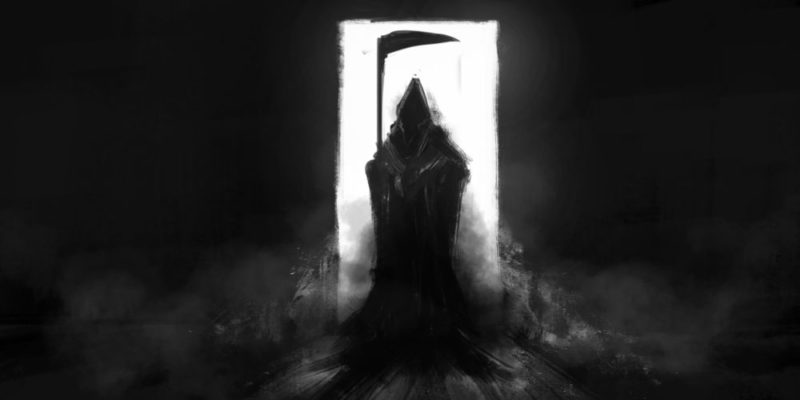
The structure of most horror stories is not too different from the general structure of the short story: beginning - complication - ending .
However, the particularity of the structure in the horror tale has to do with the distribution of events in said structure, since the horror tale may end in its climactic or most tense moment and lack an outcome that reconciles the plot and allow a new state of balance in the elements of the narrative.
Thus, in many horror stories the end of the story coincides with the appearance of the monster , the revelation of the hidden truth or similar elements that often lead to the death or doom of the main character.
It is customary to end the narrative as soon as the suspense or tension has reached its peak.
Character characteristics
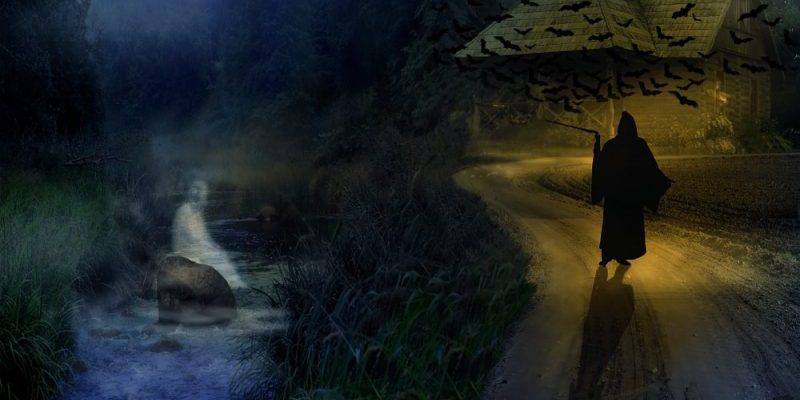
The characters in a horror story can be of different types, but roughly they can be classified into:
- Conventional. Those who belong to the world of the rational, of the trustworthy, whether they are from the protagonist's side or not.
- Sinister or mysterious. Those who are ambiguous in front of the plot and the narrator's gaze, hiding their motivations , inviting an atmosphere of expectation, anguish or mistrust.
- Monstrous. Those generally of the order of the fantastic, the sinister, the terrifying or the disturbing, whether they are literally monsters (fantastic creatures) or people who carry out monstrous actions and who, generally, play the role of antagonists.
Recurring reasons
These types of stories often have the presence of:
- Ghosts, vampires, monsters, or other supernatural creatures.
- Murders, robberies, rapes or traumatic or distressing situations.
- Magical, supernatural, demonic or religious elements.
- Arguments of revenge, justice , retaliation or discovery of treasures and hidden messages.
Horror tale story
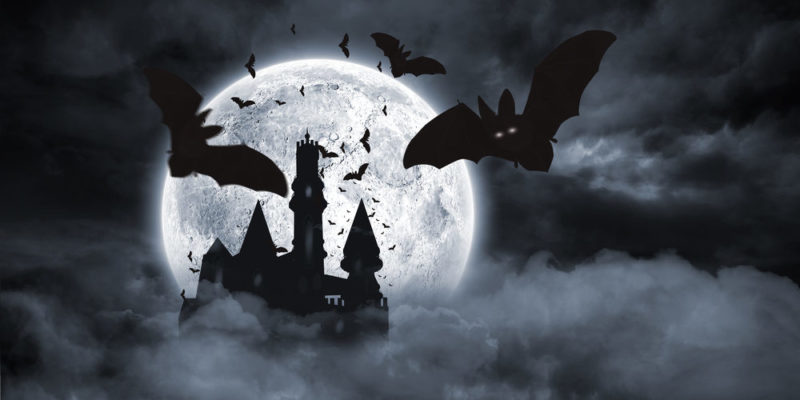
The roots of the horror tale are found in the traditional story , as well as in the imaginary of mythological traditions such as the Greek (The Odyssey , The Iliad ) or the Bible itself.
The tales of ghosts, demons, monsters or ghosts are almost as old as man and often embody the fears and anguishes of their culture and civilization.
It is possible to trace them back to ancient times, during the Middle Ages and in the Renaissance , but this type of story had its peak during the 18th century , especially in the Anglo-Saxon literary tradition, much of which would be inherited by Gothic writers such as William Polidori and Mary Shelley, in the 19th century.
Other important names of the time would be Edgar Allan Poe and Washington Irving , who cultivated the genre widely (especially Poe, considered a master of the genre), printing his personal stamp and doing school.
Later cultists were Bram Stoker (with his Dracula ) and HP Lovecraft , author of a series of lurid tales about ancient terrors hidden deep within the earth.
Types of horror stories

There is not properly a typology of horror stories, but one could speak of:
- Horror stories with moral allegory. The situation of fear, suspense or anguish leads to a kind of moral, teaching or moral conclusion of some kind, operating like a fable or a traditional tale.
- Horror stories with psychological metaphor. The terrifying situation is actually an allegory of a psychological or emotional content that causes discomfort to the protagonist, who may or may not be suffering from a mental illness.
- Fantastic horror stories. The laws of the universe are broken to make monsters, creatures or terrifying and inexplicable phenomena appear.
- Tales of urban horror. They take place in the dynamics of the city : crime, persecution, anonymous life, etc.
Genres close to terror
The horror genre tends to border and even collaborate with other narrative genres , such as science fiction, fantasy, police or adventure, to achieve hybrids that cause fear in the reader while employing technological, detective, imaginary etc.
Difference between horror and horror
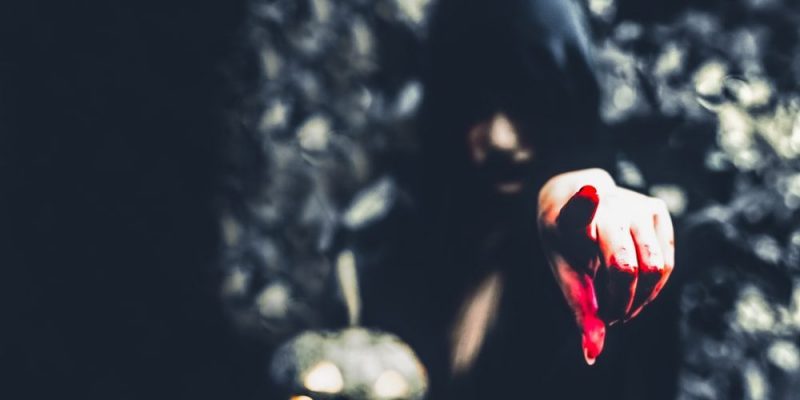
These two terms are used more or less interchangeably, but specialists on the subject such as Noël Carroll distinguish them based on certain details.
The presence of a monstrous creature, which transgresses the rules of the world as we understand it, is key in the horror story , while the horror story that antagonistic role can be fulfilled by a human being to perfection.
However, one could argue that said human being would be acting in a monstrous manner.
Creepypastas
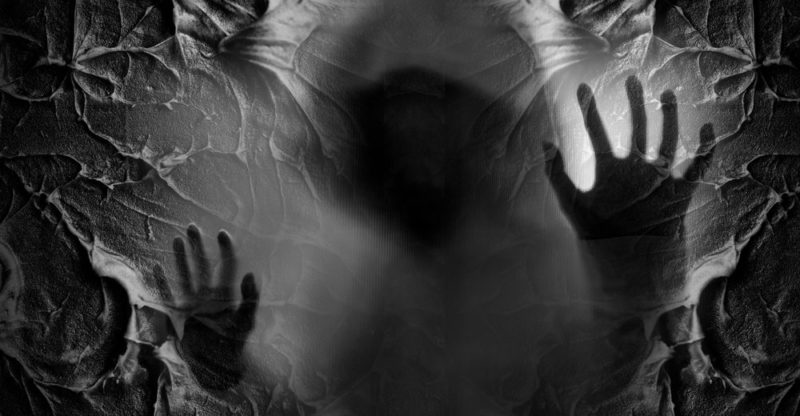
The Internet brought changes in many aspects, including horror stories, inaugurating what is known as creepypastas , that is, urban myths typical of the Internet , which tend to be sold as real and that involve amazing, terrifying or incredible events, especially in universal history or as the supposed fruit of hidden conspiracies.
These are short stories that are copied and copied until they lose their original context and authorship (hence their name, from Copy & Paste , copy and paste).
Examples of horror story
Some famous examples of horror stories are:
- "The Black Cat" and "The Tell-Tale Heart" by Edgar Allan Poe
- "El horla" and "La noche" by Guy de Maupassant.
- "The happy corner" and "The spectral income" by Henry James.
- "The Dunwich Horror" and "The Color That Fell from the Sky" by HP Lovecraft.
- "Los sauces" and "El Wendigo" by Algernon Blackwood.
- "The monkey's paw" by WW Jacobs.
- "The spectrum", "The feather cushion" by Horacio Quiroga.
MA student of the TransAtlantic Masters program at UNC-Chapel Hill. Political Science with a focus on European Studies. Expressed ideas are open to revision. He not only covers Technical articles but also has skills in the fields of SEO, graphics, web development and coding. .
Leave a reply
Your email address will not be published. Required fields are marked *Recent post

Sport: What Is It, Types, Risks, Features, Characteristics and Examples

Dogs: Emergence, Features, Characteristics, Feeding and Breeds

Story: Definition, Elements, Structure, Features and Characteristics

